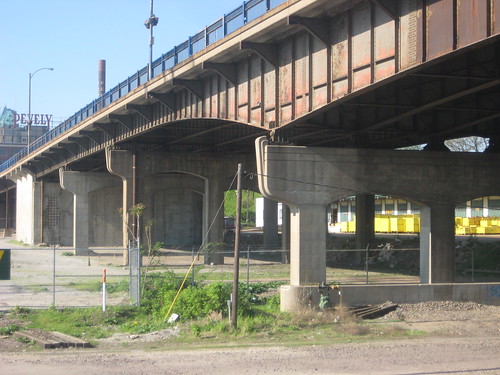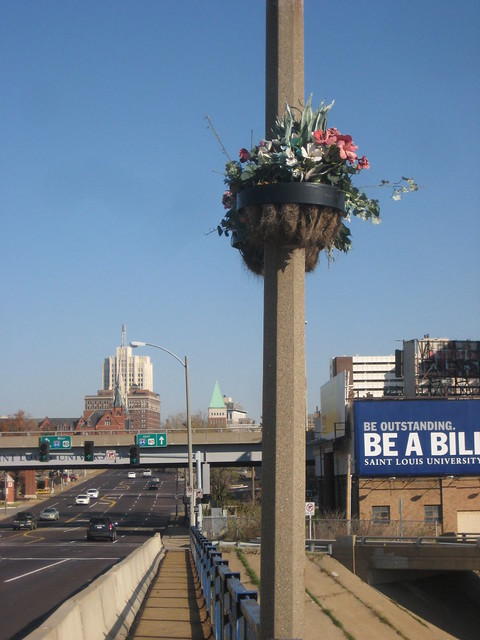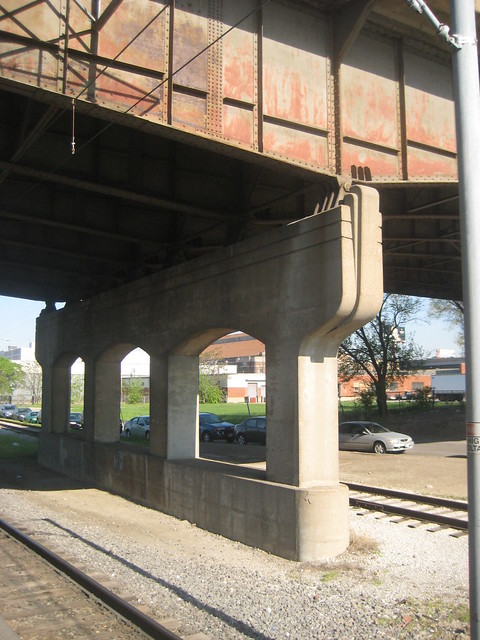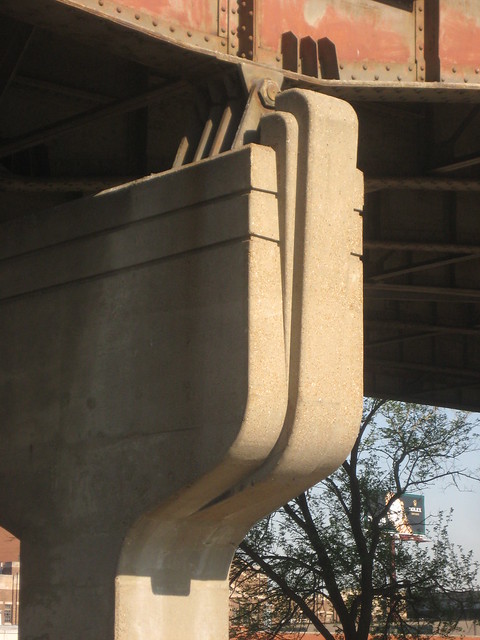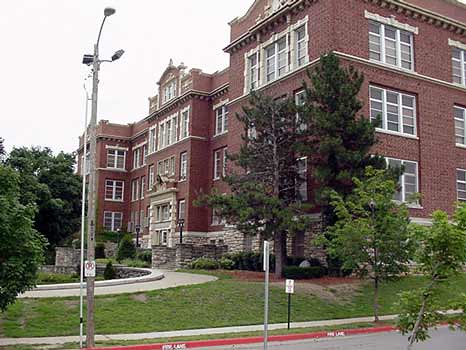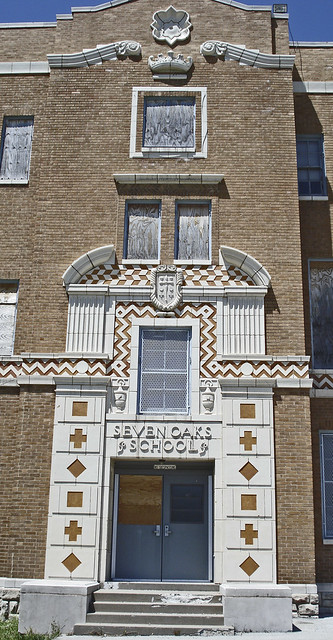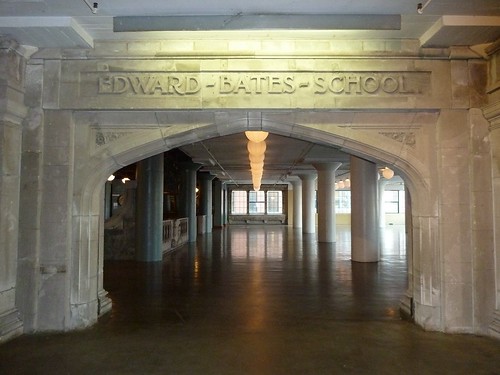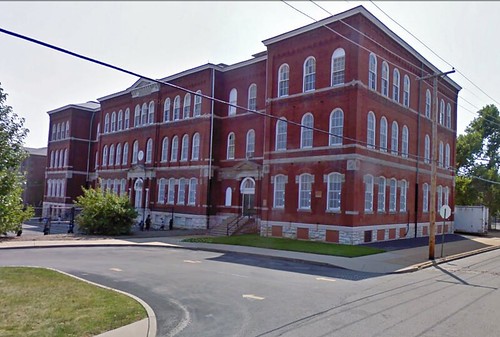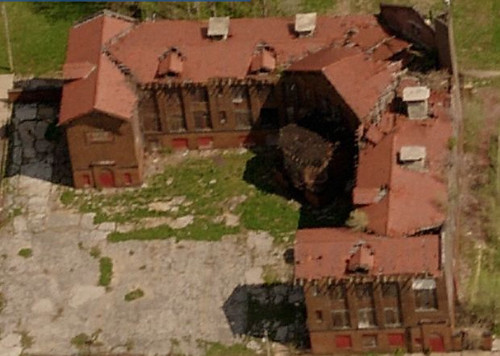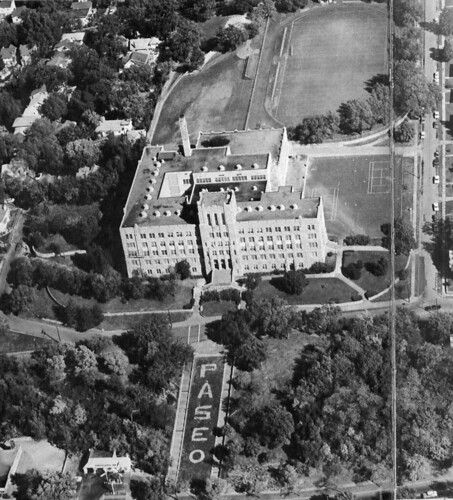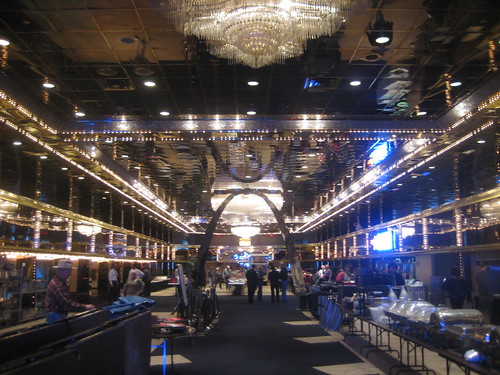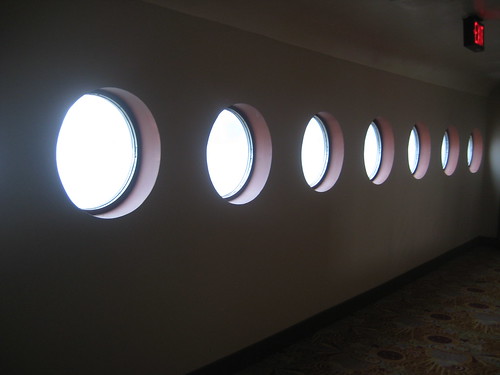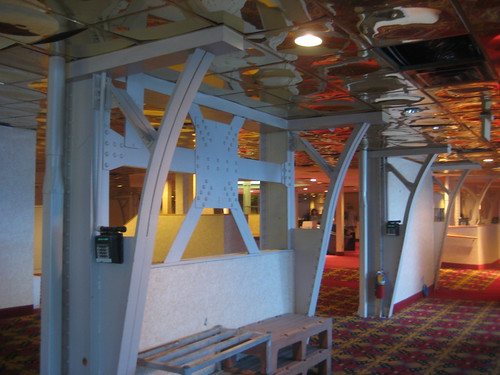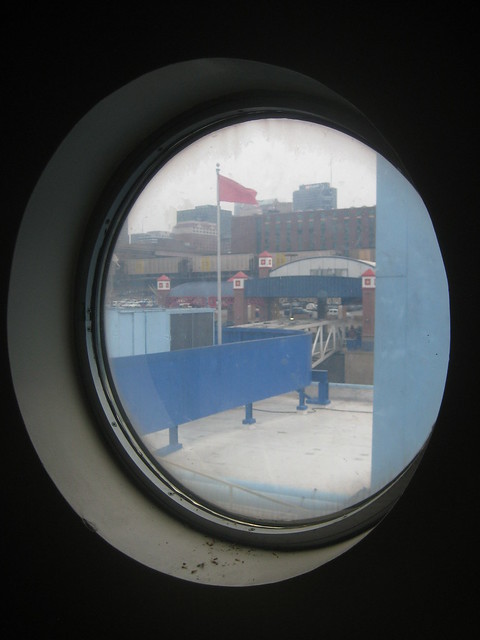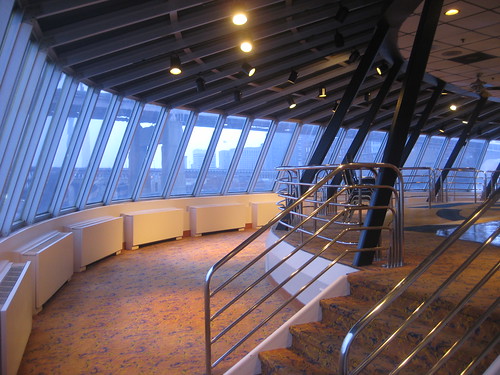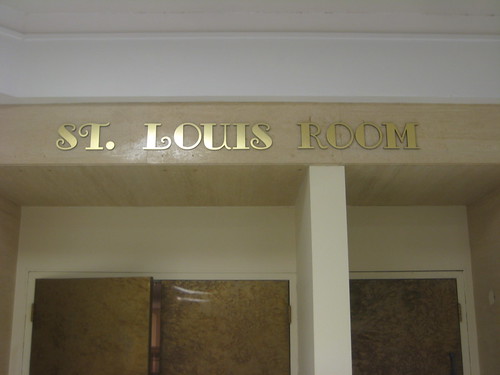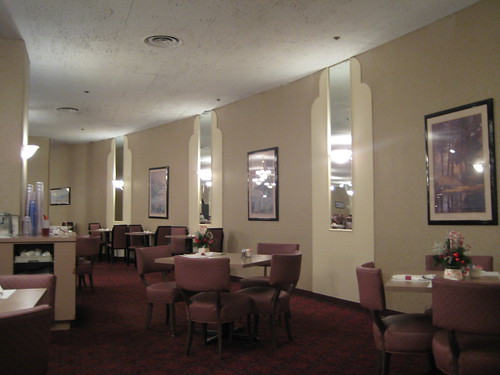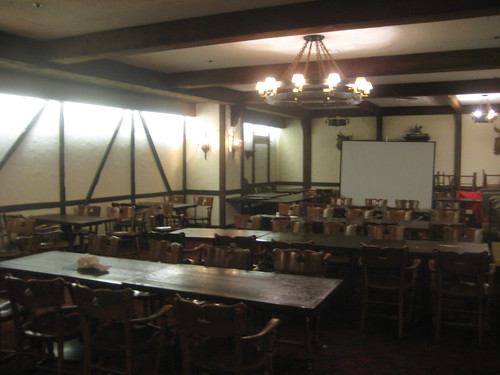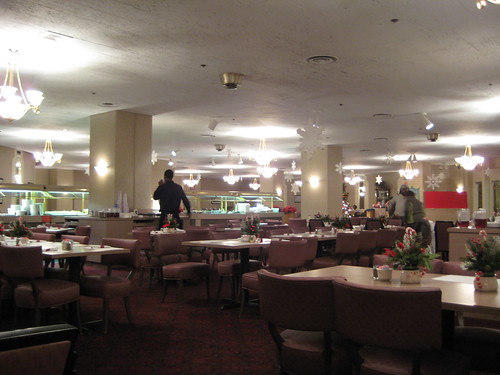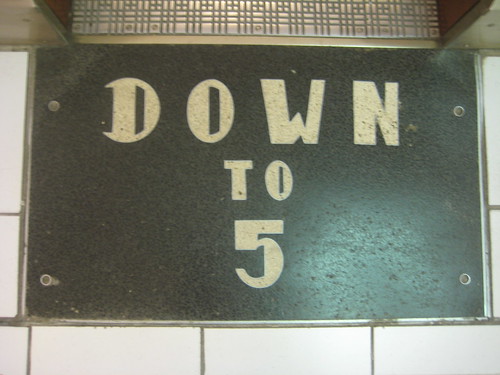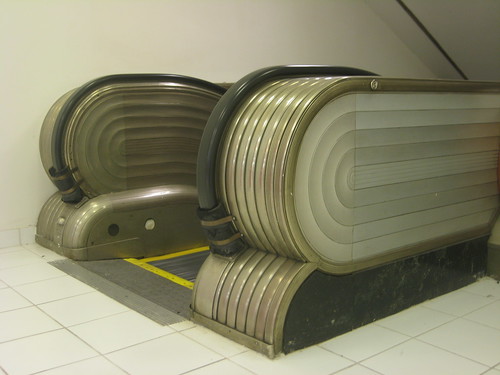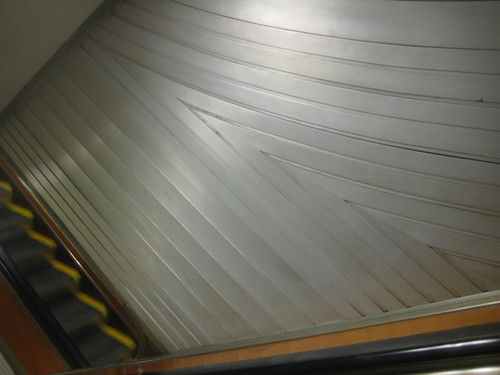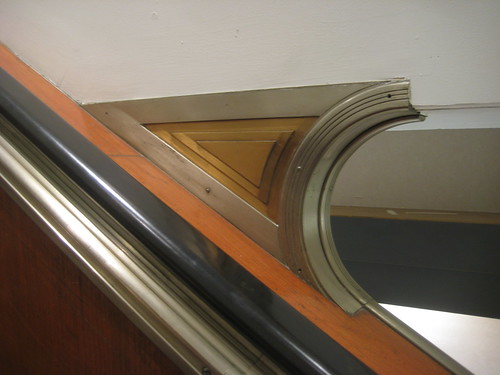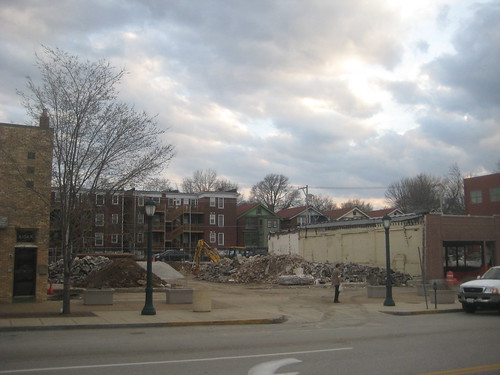
Last June, the St. Louis Preservation Board approved demolition of a one story building at 6118-20 Delmar in the Loop for replacement with a surface parking lot with entrance off Delmar. Recently the building came down and renovation began on the adjacent building, which formerly housed Original Cast Lighting. Demolition of the building is not an issue of losing an important historic building, it is an issue of opening a large hole in the streetscape of a vibrant pedestrian oriented retail/restaurant district.
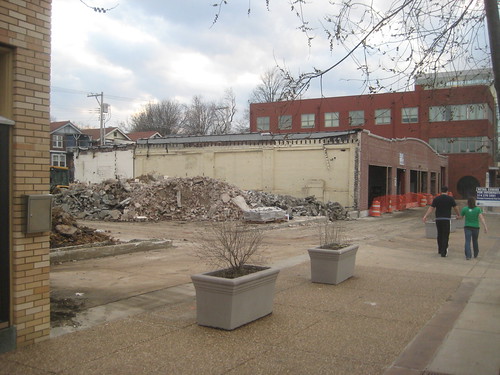
The owner of the building being renovated claimed that a restaurant tenant for the building would not sign a lease without dedicated parking next to the building. In what is normally typical in suburbia, the owner/developer has given the complex of building with attached dedicated parking lot a special name: "Loop Center South". Maybe it would be better as "Loop Centre South"? The developments website does show the space adjacent to the parking lot as leased, although no announcement has been made of the tenant even thought he building is under construction.
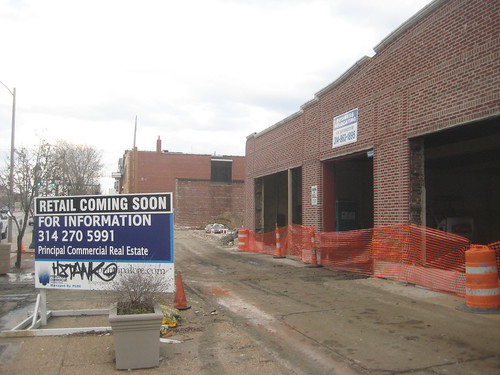
The fact that the commercial leasing sign has been tagged with graffiti for some time does not give me much confidence in the leasing broker for the other spaces, nor I suspect would this give confidence to prospective tenants.
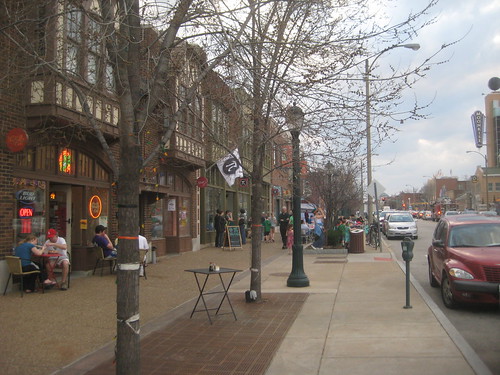
Just a hudred feet west of the Loop Center South building Chinese Noodle Cafe has been going strong for over seven years now and just west of that, Pi enjoys seemingly unending popularity, with hour plus waits on Friday and Saturday nights. Like most restaurants and retail spaces in the Loop, neither has any dedicated parking of its own. Patrons of Loop businesses who arrive by car park in one of many public parking lots (including the nearby Metro park & ride), private lots (including the large lot owned by Joe Edwards behind the Pageant & Moonrise Hotel), or U-City public garage. Of course many patrons of the loop arrive on foot from nearby neighborhoods, Washington University, and of course the Delmar Metrolink station a block away.
Here is a simple concept of economics, but amazingly some just don't get it:
If you open a retail business with a strong idea behind it or a great restaurant in the Loop, people will seek you out and you will thrive. If you open a retail business based on something that people do not want or need or your restaurant is only marginal, you will not last. Dedicated parking will not make the difference between survival or demise. If your business is of the type that will only survive with people driving up to your front door, your business does not belong in the Loop!

